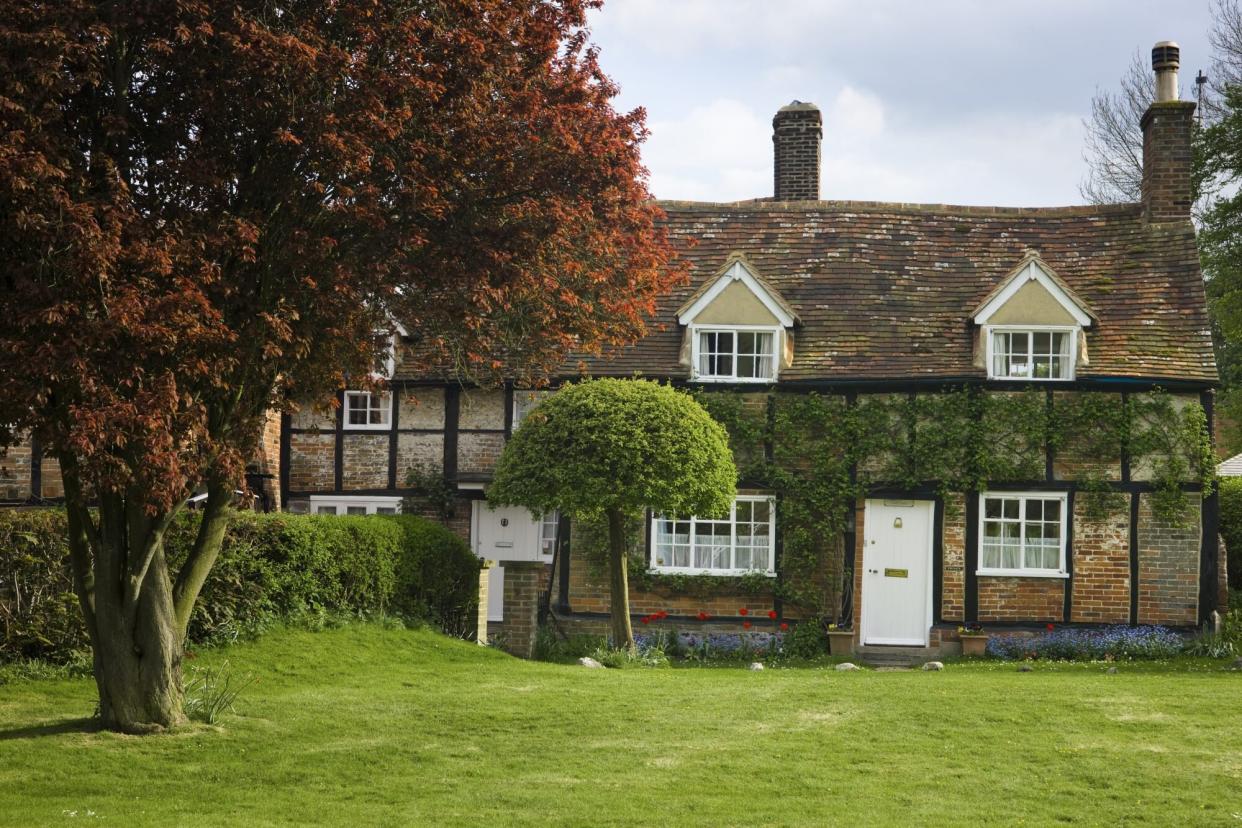Six Things to Know About Beech Trees Before Planting One in Your Yard

David Clapp / Getty Images
Beech trees, part of the Fagus genus, are native to eastern North America and can grow all the way into Texas. They're known for bringing local wildlife to their branches, thanks to the beechnuts that grow on their limbs, which is why so many people enjoy planting this species of tree in their own yards. Before you add one to your home's landscape, there are a few things you'll want to know about growing beech trees.
Related: The Best Trees and Shrubs to Plant in Your Yard for Beautiful Fall Foliage
They make good neighbors.
Beech trees can be found growing alongside neighbors like oaks, hickories, and hemlocks according to Debbie Neese, horticulture expert and customer service manager with Lively Root. "If their roots are disturbed, they will tend to sucker to form colonies from their shallow roots," she says, which makes it important to plant them where they will have plenty of room.
They need the right conditions.
Beech trees can grow in anything from full sun to part shade, according to Neese, and they do best in moist, well-draining, slightly acidic soil. They'll adapt to variations on this, but the soil needs to be well-draining in order for them to thrive. "Younger saplings would prefer light shade to get them established," she says. So if you're starting yours from an early stage she suggests planting on the edge of a woodland area, or somewhere they'll find partial shade.
They put on a seasonal show.
Neese says that beech trees have "seasonal qualities" that make them desirable. "The silvery-gray bark in the winter is striking," she says. Then in the summer the lush leaves can create quite the canopy, with some trees reaching a height of 80-feet, with a 40-foot shaded area underneath. "In the fall, the coarsely serrate leaves are golden yellow and linger into winter."
They need plenty of room.
Before planting you'll want to make sure your tree will have plenty of room to grow. "They require an extra-large area to accommodate their vast, massive growth," says Neese, adding that you'll want to avoid planting them under electrical lines. And you'll have to pay attention to what will be growing under them as well. "Due to its massive root system and shading capabilities, plantings under it will suffer from little sun, inadequate height to grow, and dry shade conditions."
They can get sick.
Beech bark disease is caused by the scale insect Cryptococcus fagisuga, Neese says, and it has been striking trees in North America since the late 1800s. "This disease is accelerated by an invasive pest that infests the bark," she says. "In turn, a fungal infection occurs that undermines and kills the tree." Before choosing a tree to add to your garden you'll need to make sure there is no appearance of infestation on the bark. "Remove any dead, damaged or diseased limbs immediately to salvage the tree and reduce the scale level."
They don't need regular trimming.
The beech tree is fairly low maintenance when it comes to pruning needs, according to Kathy Glassey, director of renewable resources of Monster Tree Service. However, it is always recommended that any tree that has rubbing or crossing branches be trimmed back. "Pruning of many trees is best performed during their dormant period," she says. "If any branches are damaged by storms, it's best to remove them promptly to encourage the tree to heal properly and reduce additional issues that can damage the tree."

